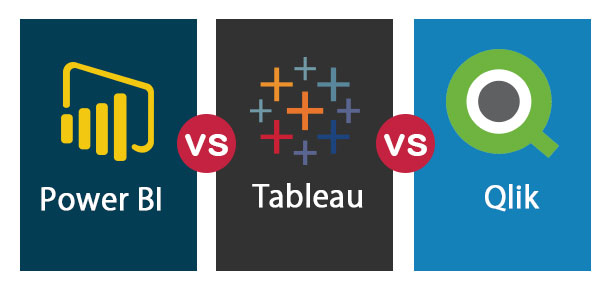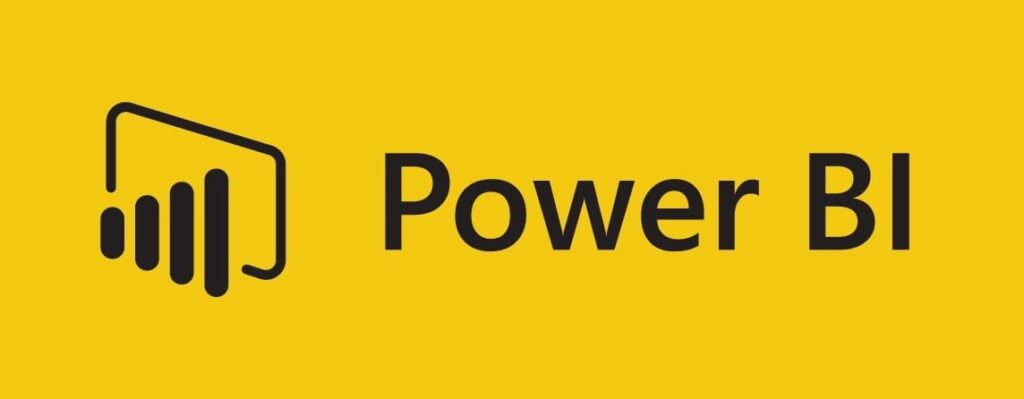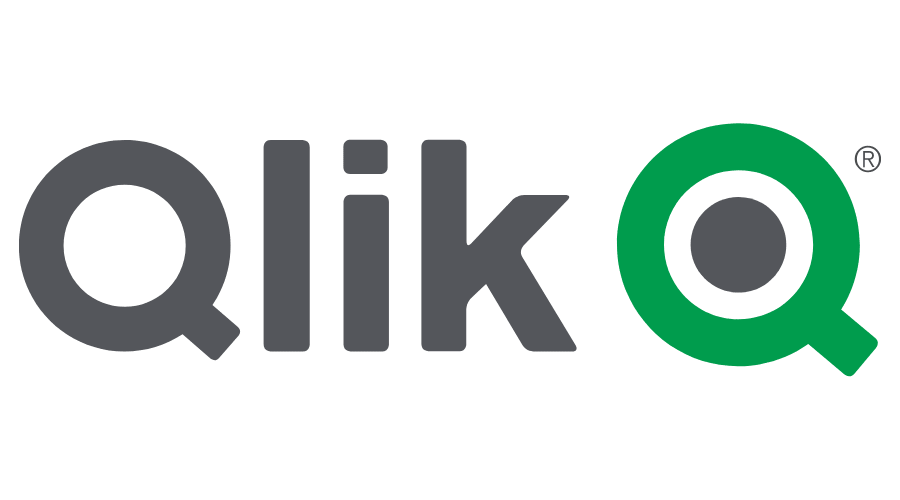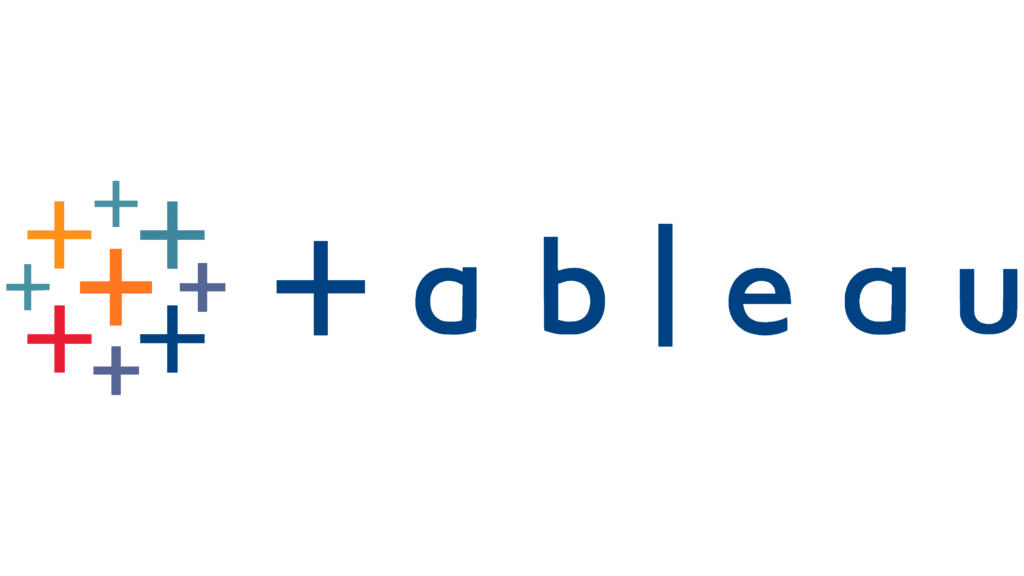Business intelligence (BI) is the act of using technology to analyze data and deliver it to end-users in a way that allows them to make educated decisions. A BI tool provides a prediction picture by combining historical and present data. Data connection, data mining, data transformation, data modeling through constructing relationships, sophisticated calculations, report building, dashboard development, online analytical processing, and predictive analysis are all functions that a BI tool may typically accomplish.
Why do we need business intelligence tools?
BI tools give you the data you need to handle for reporting, dashboard creation, and visualization. Employees who have access to comprehensive data may make better decisions, increase performance, find new sources of funding, track market trends, calculate KPIs accurately, and never miss out on new opportunities for commercial growth.
Benefits and Advantages of Business Intelligence Systems:
- Faster reporting, analysis, or planning
- More accurate reporting, analysis, or planning
- Better business decisions
- Improved data quality
- Improved employee satisfaction
- Improved operational efficiency
- Improved customer satisfaction
- Increased competitive advantage
- Reduced costs
- Increased revenues
- Saved headcount
BI TOOLS
- Microsoft Power BI
- Sisense
- Yellowfin
- Qlik Sense
- QlikView
- SAP Crystal Reports
- Tableau
- Looker
- Zoho Analytics
- Answer Dock
- SAP BusinessObjects Lumira
- SAP Business Intelligence
Comparing the Best BI Tools for small business

| Parameter | Power BI | Qlik Sense | Tableau |
| Visualization Capabilities | Easy-to-use Platform | Self-service Analytics Tool | Perfect Graphics and Visualization Capabilities |
| Advanced Analytics Capabilities | Supports R Language-Based Visualizations | Does Not support R or Python-based Objects. | Provides Fully integrated support for R and Python |
| Cloud Capability | Compatible with Microsoft Azure | Offers a SaaS cloud product | Compatible with robust cloud platforms like Azure, AWS, etc |
| Big Data Integration | Places the solution above Tableau and Qlik | Let you access and manage all your data, big and small, within a single environment | Connect to nearly any data repository, ranging from MS Excel to Hadoop clusters |
| Storage Limits | 10GB cloud storage | 500GB of cloud storage | 100GB data storage |
Visualization Capabilities:
Power BI is a user-friendly platform that allows users to extract data from a variety of sources and represent it using charts, graphs, and tables. Gartner’s Magic Quadrant for Business Intelligence and Analytics Platform named it the easiest to use tool among the main BI providers in the year 2018. It may integrate data from various sources, including Hadoop, on-premises files, cloud-based sources, Azure Databricks, etc.


Qlik Sense is a self-service analytics application with a data storage engine that runs in memory. Because of the in-memory engine, it delivers dynamic visuals. Data is linked to creating associations, which update the visualizations as soon as the source data is updated. Users can continue to explore and work on the dashboard in the meanwhile. Qlik can handle large data compared to Power BI. But it has some limitations
Tableau could be a leading business intelligence tool used for information analysis. Gartner’s Magic Quadrant classified Tableau as a contestant for analytics and business intelligence. Tableau could be a software system coder that excels at graphics and images, it’s a simple-to-use software system. It permits information from a range of sources to be combined. It also can take information in memory or directly from the supply if the files area unit is too gigantic to suit in memory. Gartner’s Magic Quadrant for Business Intelligence and Analytics Platform named it the most attractive and intuitive image tool in the year 2018.

Advanced Analytics Capabilities:
Power BI R-based visualizations are supported by Power BI. Forecasting, grouping, and decision trees are among the sophisticated features available. It will support AI Visuals. Can be connected with multiple data sources and it keeps updating every month by adding new features.
Qlik Sense It does not support R or Python-based objects in Qlik Sense. However, Qlik guarantees that language support will be added in future versions. API connections to third-party apps allow you to employ features like regressions, clustering, and predictive analytics. You can set up a different connection if you are an admin and have access to it.
Tableau It includes R and Python support that is fully integrated. It also has clustering and forecasting tools built-in. Sophisticated calculations and statistical functions, Segmentation, and cohort analysis, Time-series, and predictive analysis.
Cloud Capability:
Power BI It’s a cloud-based BI Service Designed to help users to visualize and analyze data in a centralized online environment and is compatible with Microsoft Azure, which provides “Cloud-first” cloud code. You will need a cloud account to share insights and visualizations on the cloud if you would like to use cloud options on your desktop.
Qlik Sense provides a cloud-based SaaS service. Users, on the other hand, prefer the server version. It’s a Self-service Visualization tool for Reporting, Alerting & Actions, Mobility, and Active Analytics.
Tableau works with cloud systems, including Microsoft Azure, and Amazon Web Services. Tableau’s cloud features are accessed via a Tableau-managed cloud system or a third-party cloud platform environment.
Big Data Integration:
Power BI To collect and analyze large amounts of data, Microsoft Power BI can be readily linked with a variety of Big Data sources. Power BI contains Power Query and Power Map, which may be used in conjunction with Office 365 Big Data analytics.
Qlik Sense By automating data streaming (CDC), refining, cataloging, and publishing, Qlik Data Integration offers a DataOps approach to expedite the discovery and availability of real-time, analytics-ready data.
Tableau is a leader in self-service visual analysis, a full-featured data analytics platform tool that lets you prepare, analyze, collaborate, and share big data insights with users. Tableau allows users to ask new questions about managed big data and quickly share their findings across the company.
Pricing:
Microsoft Power BI services cost about $9.99 per user per month.
Qlik Sense For the enterprise version, the value is $15,000 for one token. It grants ten regular login passes and unlimited use for one user. For the cloud version, the costs square measure $20 for one user and then $25 per user for multiple users.
Tableau charges for different services are, For Tableau Desktop Personal $35 per user/month. For Tableau Desktop Professional $70user/month. Tableau Server $35 user/month. Tableau Online $42 user/month.
